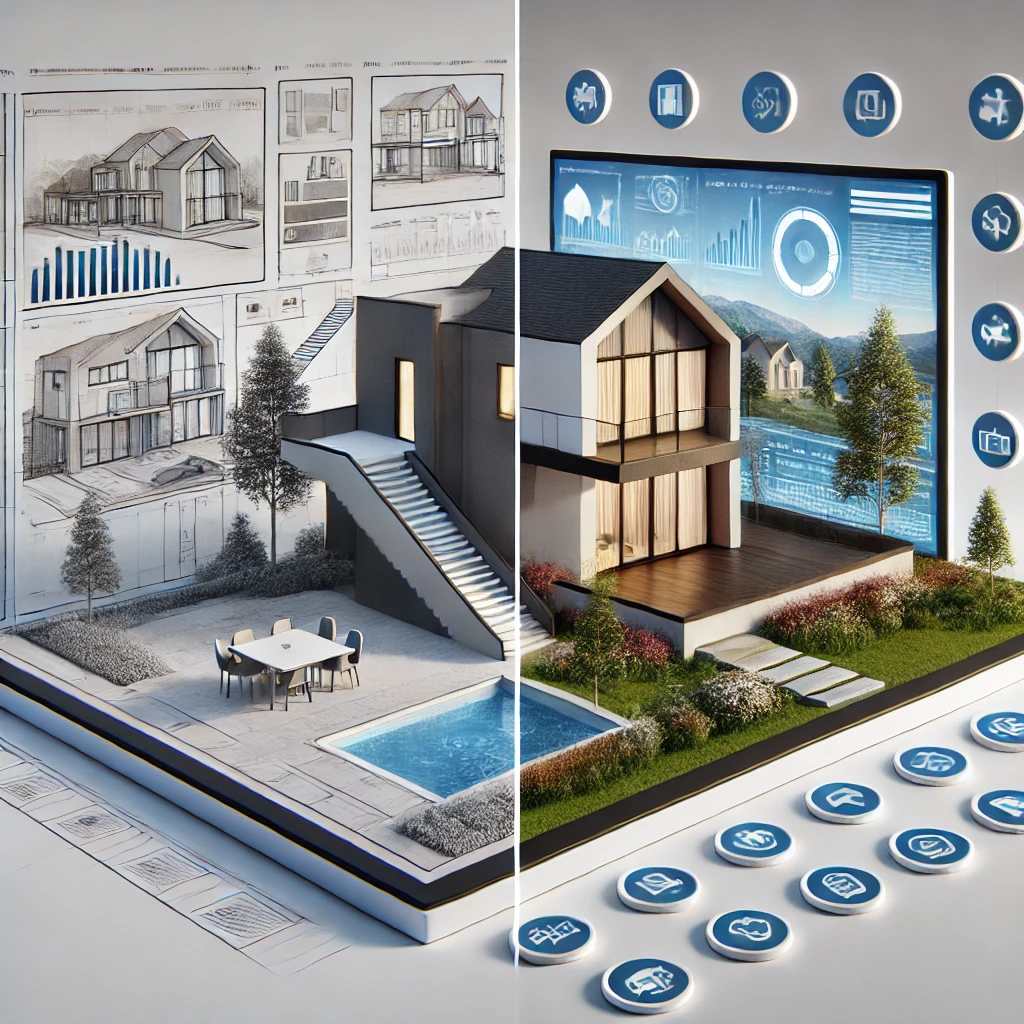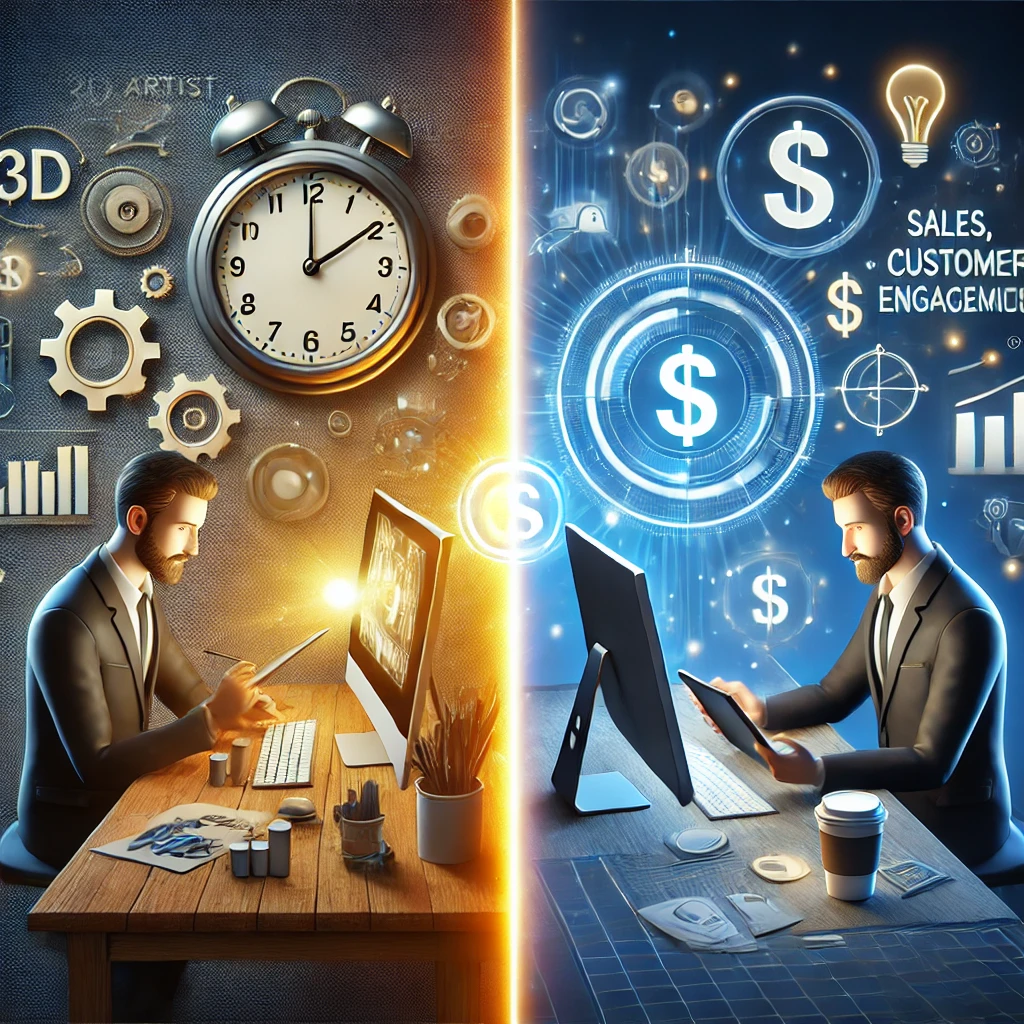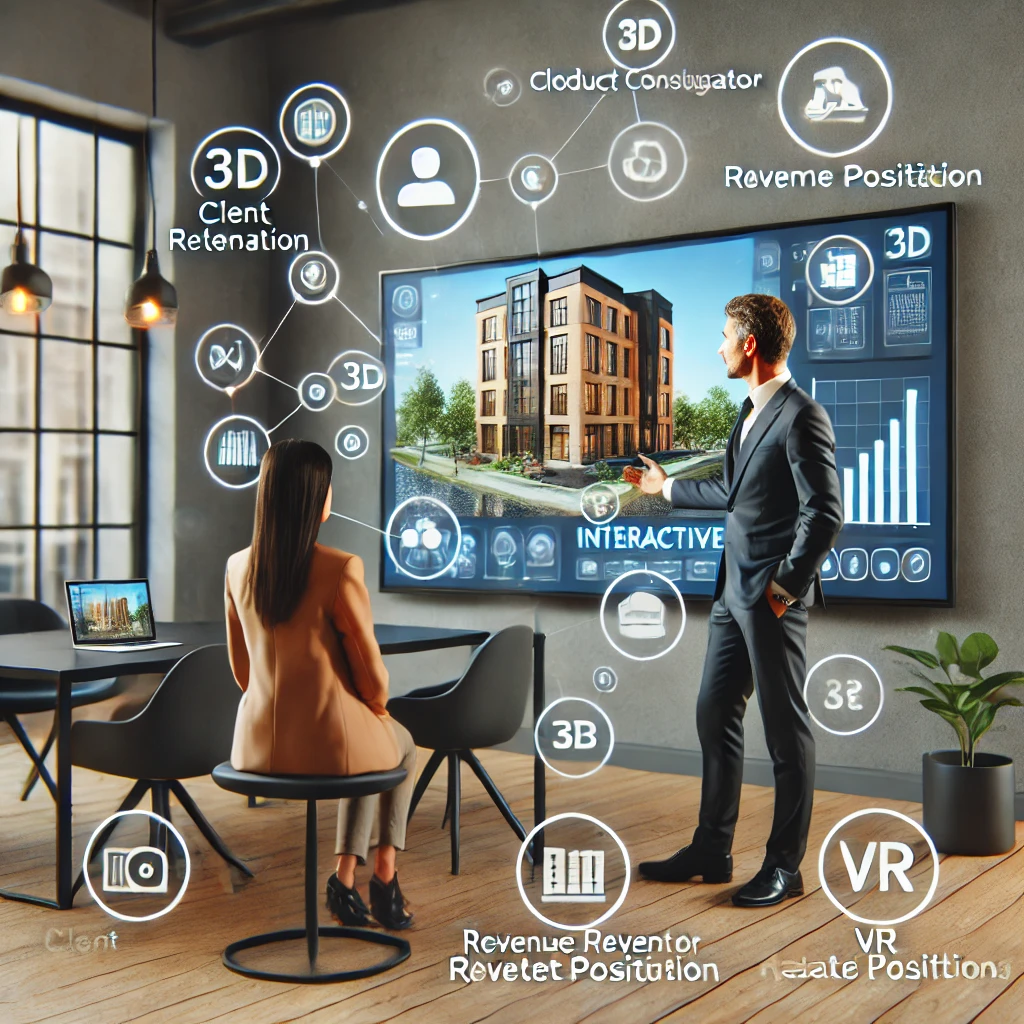From Renders to Revenue: Why 3D Developers Should Offer More Than Just Visuals


Many 3D artists struggle to command higher prices in the competitive field of 3D development—not due to a lack of skill, but because they are marketing the wrong product. Too often, they focus solely on creating beautiful renders when clients are actually looking for solutions that drive engagement and sales. Static images, while visually impressive, no longer set developers apart in a market demanding more interactive experiences. Businesses today seek 3D assets that offer real-world utility, such as virtual tours, configurators, or augmented reality previews. By shifting focus from aesthetics alone to functionality, developers can position themselves as problem-solvers rather than just artists. This approach not only enhances value for clients but also justifies higher pricing for services. Instead of competing on price for renders, offering interactive tools transforms a developer’s work into a strategic asset. The key to earning more is understanding what truly benefits the client and aligning 3D services accordingly. When 3D work contributes directly to sales, marketing, or customer engagement, it becomes an investment rather than an expense. By embracing this shift, 3D developers can unlock greater opportunities, attract high-value clients, and maximize their revenue potential.

Source: OneToBeam
Many 3D artists determine their pricing based on time and effort rather than the actual value they provide, which often leads to undercharging for their work. This approach fails to consider the broader impact their creations can have on a client’s business. Clients may admire a stunning render, but if they don’t immediately see how it benefits them financially, they are unlikely to pay premium prices. A beautiful image, while visually striking, is often perceived as an expense rather than an investment when it lacks a direct business purpose. However, when 3D assets contribute to sales, marketing, or customer engagement, their perceived value increases significantly. Instead of simply selling renders, artists should position their work as a tool that drives business growth. Offering interactive experiences like virtual tours, product configurators, or AR previews turns 3D work into a powerful business solution. This shift allows developers to justify higher pricing because their work directly impacts the client’s bottom line. By focusing on delivering measurable value, rather than just visuals, artists can command better rates and attract high-paying clients. The key is to market 3D services not as artwork, but as an essential part of a company’s success strategy.
Think about the issue your client is attempting to resolve rather than merely offering a 3D render as a product. Are they trying to:
Boost client interaction?
Boost revenue by improving product visualization?
Add interactive information to their marketing materials?
A static render might not be sufficient in that case. Today's businesses demand 3D solutions that do more than just look good.

Source: OneToBeam
By moving beyond simple renders, 3D artists can offer interactive solutions that provide real commercial value, making their work indispensable to businesses. One of the most in-demand services is 3D product configurators, which allow clients to customize products in real time, increasing both sales and customer engagement. VR and AR experiences take this even further, offering immersive tours for architecture, real estate, and product demonstrations, helping potential buyers and investors make informed decisions. 360° product views enhance e-commerce by allowing customers to interact with models before purchasing, reducing uncertainty and boosting conversions. 3D simulations and animations help businesses visualize complex concepts, making it easier to communicate ideas, train employees, or showcase product functionalities. By integrating these solutions, a 3D artist evolves from being just a creator of visuals to a strategic problem-solver who directly contributes to a company’s success. Clients begin to see these services as powerful tools that drive revenue rather than just artistic assets. This shift in perception elevates the artist’s value, making it possible to command higher prices and attract premium clients. Businesses are always willing to invest in solutions that improve engagement, increase conversions, and enhance user experiences. By positioning your work as a means to achieve these goals, you move beyond competing on price and start being recognized for the impact you deliver. The more value you provide, the greater the demand for your expertise, opening the door to higher earnings and long-term professional growth.
Clients are far more likely to return when they see that a 3D artist provides long-term solutions rather than just one-time graphics, leading to increased client retention and stronger business relationships. Companies prefer working with professionals who contribute to their ongoing success, whether through interactive tools, customizable 3D assets, or immersive experiences that continuously engage their audience. This approach not only secures repeat business but also opens the door to referrals and larger projects. Additionally, interactive solutions have a direct impact on revenue, making clients more willing to invest in them. When businesses see measurable outcomes—such as increased customer engagement, higher conversion rates, or better marketing performance—they are more likely to pay premium prices for these services. This, in turn, significantly enhances a 3D artist’s earning potential. Furthermore, by offering high-end, solution-driven services, such as VR tours, 3D configurators, or simulations, professionals can position themselves above competitors who only provide static renders. This better market positioning makes it easier to attract high-value clients and establish a strong reputation in the industry. Instead of competing on price alone, artists who deliver interactive and strategic solutions become recognized as valuable partners, securing both financial growth and long-term career stability.

Source: OneToBeam
Companies are more likely to build long-term relationships with professionals who provide lasting solutions rather than just one-time graphics, leading to increased client retention. When businesses see that a 3D artist delivers tools that continuously benefit their marketing, sales, or customer engagement, they are more inclined to return for future projects. This not only ensures repeat business but also fosters trust and referrals. Additionally, interactive solutions have a direct impact on revenue, making them more valuable to clients. When businesses can measure improvements in customer engagement, conversions, or brand interaction, they are far more willing to invest in these services at higher rates. This results in increased revenue potential for 3D artists who shift their focus from static visuals to functional, results-driven assets. Furthermore, by offering premium services such as VR experiences, product configurators, and immersive 3D tours, professionals can stand out in a crowded market. This better market positioning makes it easier to attract high-paying clients and establish a reputation as a leader in the industry. By providing innovative, high-impact solutions, 3D artists move beyond competition on price alone and become indispensable strategic partners for businesses.
As the 3D industry evolves, those who adapt and innovate will thrive, while those who stick to outdated approaches risk being left behind. Instead of competing on price for static graphics, position yourself as a premium service provider offering interactive, business-driven solutions that deliver real value. Clients are no longer just looking for visually appealing renders; they want tools that enhance engagement, drive sales, and improve customer experiences. By shifting your focus to solutions like VR tours, product configurators, and immersive 3D experiences, you attract higher-paying clients who recognize the long-term benefits of your work. This transformation not only leads to increased revenue but also establishes a sustainable, long-term career with consistent demand. The key is to go beyond aesthetics and start marketing your work as a means to achieve measurable business outcomes. When clients see your 3D services as a strategic investment rather than just an expense, your value—and pricing—will naturally rise. Are you ready to transition from renders to revenue? The opportunity is yours to seize.